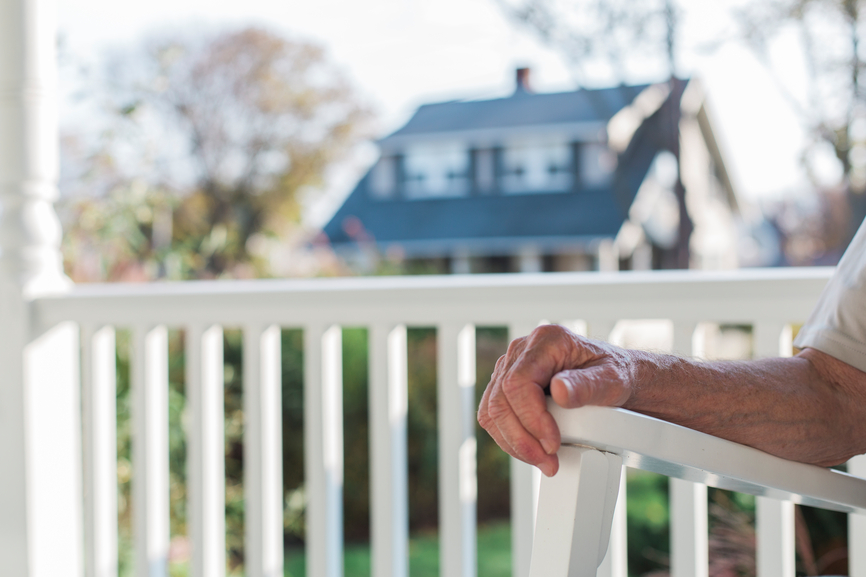As the baby boomers, born between 1946 and 1964, turn 65 at a rate of 1,000 per day, there is much attention being paid to how this generation will be cared for in old age.
We are living longer, 25 years longer than the average in 1900, and the demands boomers will place on the health system is of growing concern. Senior housing is also a worry for this generation both in cost and accessibility. Although the shift towards aging in place has gained popularity, the model only works with a great deal of support from family and community. If family is far-flung, this may not be a practical solution. In addition, social isolation from living alone not only lessens quality of life, but has been connected with earlier death as well.
These concerns gave birth to the development of several senior cohousing projects which are popping up across Canada. Cohousing was founded in Denmark nearly 50 years ago and is the basis of a new co-caring initiative focusing on “active aging”. These communities will appeal to older adults who want to be proactive about their needs in the second half of life.
The Cohousing initiative is based on private ownership of self-contained homes, a factor which differentiates the communities from co-operatives. There is typically a shared house for weekly, community meals and common outdoor areas. The layout is designed to offer both privacy and opportunities for social interaction. The aim of senior cohousing is to provide mutual support for an aging population while striving to be financially, socially and environmentally sustainable. The communities are not presently subsidized in Canada.
For more information about senior cohousing, visit the Canadian Cohousing Network at www.cohousing.ca or canadianseniorcohousing.com .






Add Your Voice
0 Comments
Join the Discussion